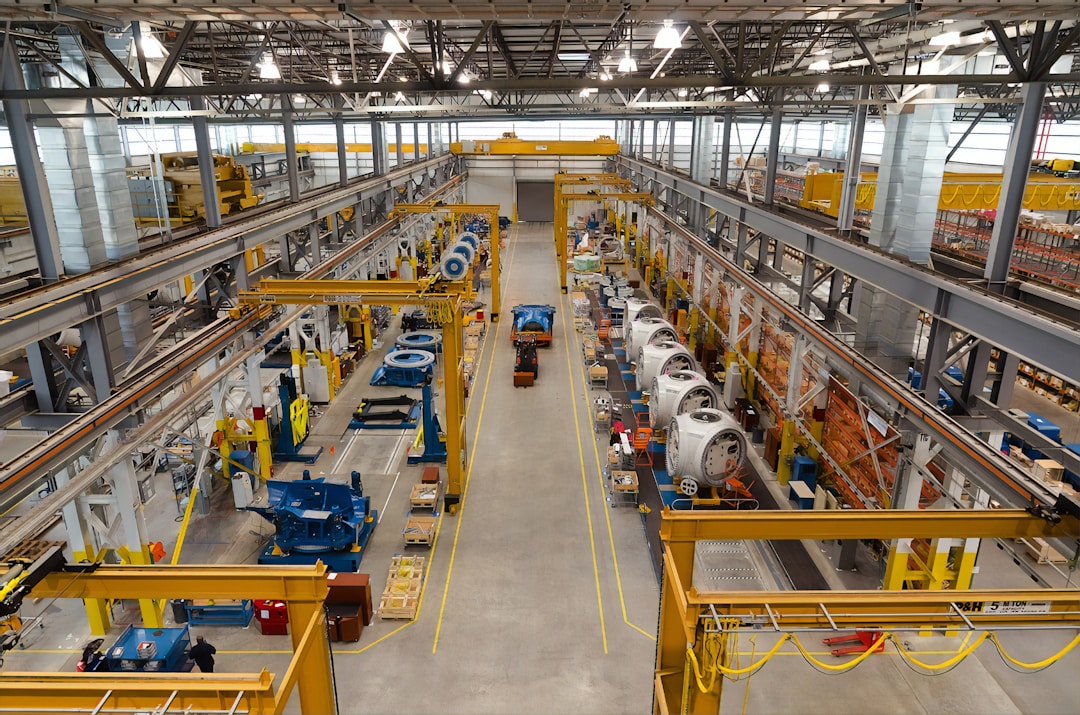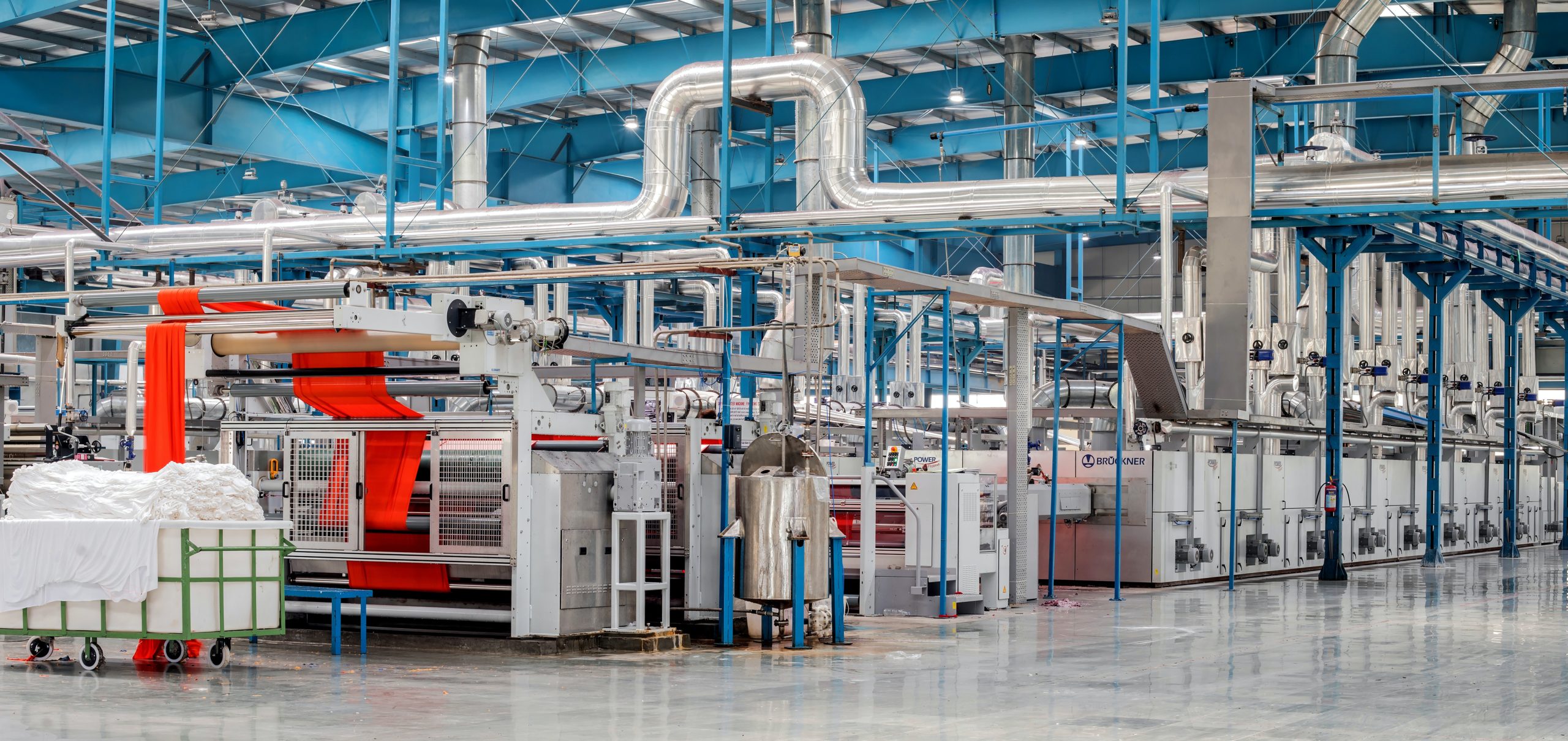Whether you’re in manufacturing or you’re at the C-level in an enterprise, you’ve probably heard about the value of lean process improvements. The lean movement gained steam over recent years and is now a standard for numerous industries. In fact, the lean method has several applications throughout the product cycle that particularly benefit manufacturers and developers.
Since lean manufacturing, preventive maintenance, and total productive maintenance (TPM) can help prevent defects, breakdowns, and major loss due to downtime, it’s unsurprising that so many brands adopted this mindset. Here’s what you need to know about lean manufacturing and its impact on equipment reliability, the production process, and your maintenance staff’s satisfaction.
Lean manufacturing helps improve workplace safety.

In the manufacturing industry, workplace safety is paramount. While it’s easy to assume that every brand puts a direct emphasis on safety both for its products and its maintenance personnel, this is an area of continuous improvement. In fact, many brands can use lean manufacturing principles to rework their production floors, refresh signage, and invest in upgrades to prevent accidents or productivity loss. Often, this means investing in signage, wayfinding, and changeover policies that streamline workflows and use visual cues to prevent accidents.
Lean methods also help you eliminate waste and maintain your storage. Say, for instance, you invest in a regular water delivery service. Typically, the water company drops off 5-gallon bottles and picks up the empties. If you don’t have designated lean spaces for these products, it’s easy for the water bottles to become workplace safety hazards. Instead, by investing in lean spaces that remove clutter and waste from the manufacturing floor, you’re less likely to experience some of these issues.
Lean methods can help reduce equipment maintenance needs.

The lean methodology is all about continuous improvement. Sometimes, this means investing in new equipment. Other times, it means focusing on total productive maintenance, or TPM, to ensure that your existing equipment is free of abnormalities, issues, and other hazards. Often, TPM lean is the best way to handle early equipment management and ward off unnecessary and expensive repairs and maintenance. TPM teaches brands preventive techniques that apply directly to the manufacturing process. It also introduces a routine maintenance baseline that aids all of your employees, from your supervisors to the maintenance department.
The implementation of TPM doesn’t have to be difficult, either. Even for first-time TPM implementers, there are ways to adjust to the TPM process with less stress and confusion. In the U.S., perhaps the easiest way to learn about the TPM process is through outsourced training and classes. If you want to pick up the pillars of TPM and work toward producing the perfect product, ongoing education can likely help. This can also benefit you if you’re looking to develop an autonomous maintenance program or enhance overall equipment effectiveness.
While total productive maintenance isn’t a blanket solution for every manufacturing issue, it gives you an adjustable framework to apply to your brand’s unique needs. Sometimes, this focuses on simple repairs. Other times, it’s invested in a larger autonomous maintenance program. Whatever the case, as long as you have protocols in place, it’s easier to follow the lean method and TPM.
Lean thinking empowers businesses of all sizes.
Whether you’re ready to invest in autonomous maintenance or you want to find ways to enhance workplace safety, lean thinking is often the best solution. With the right tools and training, you can access lean processes and TPM methodology that can enhance your existing workflows and help you develop new, more successful ones. For brands of all sizes, lean and TPM approaches are quickly becoming industry standards.

